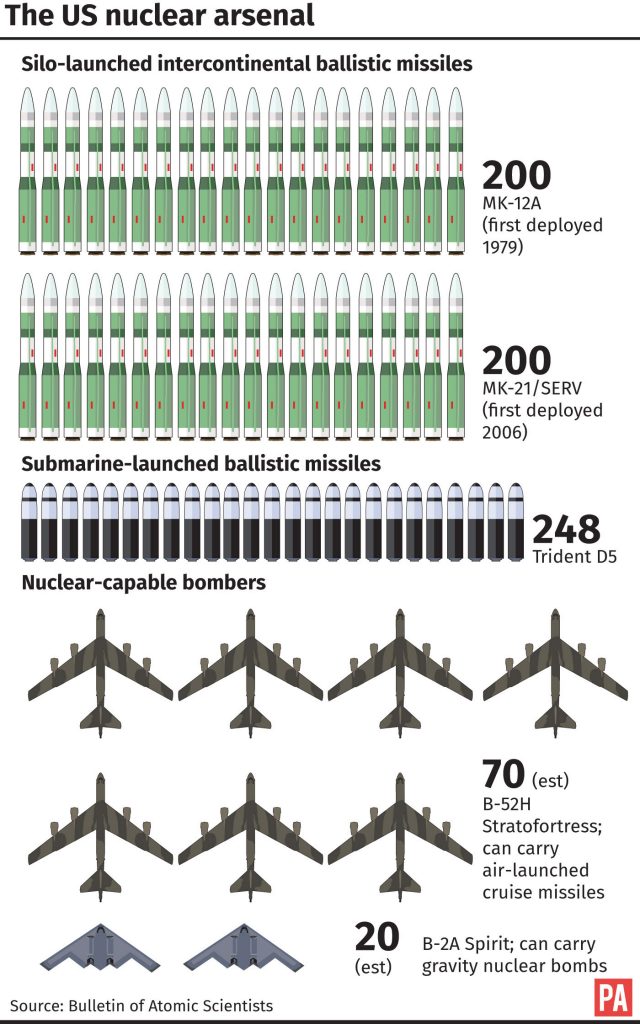US and North Korea engaged in diplomacy behind the scenes
The Trump administration has been quietly engaged in back channel diplomacy for several months.

Beyond the bluster, the Trump administration has been quietly engaged in back channel diplomacy with North Korea for several months – addressing Americans imprisoned in the communist country and deteriorating relations between the long-time foes.
It had been known the two sides had discussions to secure the June release of an American university student. But it was not known until now that the contacts have continued, or that they have broached matters other than US detainees, the Associated Press reports.
But they say the behind-the-scenes discussions could still be a foundation for more serious negotiation, including on North Korea’s nuclear weapons, should President Donald Trump and North Korean leader Kim Jong Un put aside the rhetoric of recent days and endorse a dialogue.
The contacts are occurring regularly between Joseph Yun, the US envoy for North Korea policy, and Pak Song Il, a senior North Korean diplomat at the country’s UN mission, according to US officials and others briefed on the process.
Officials call it the “New York channel”. Mr Yun is the only US diplomat in contact with any North Korean counterpart.
The communications largely serve as a way to exchange messages, allowing Washington and Pyongyang to relay information.
Drowned out by the furore over President Trump’s warning to North Korea of “fire and fury like the world has never seen”, Secretary of State Rex Tillerson has expressed a willingness to entertain negotiations.
His condition: Pyongyang stopping tests of missiles that can now potentially reach the US mainland.
Mr Tillerson has even hinted at an ongoing back channel.
“We have other means of communication open to them, to certainly hear from them if they have a desire to want to talk,” he said at an Asian security meeting in the Philippines this week.
The interactions could point to a level of pragmatism in the Trump administration’s approach to the North Korean threat, despite the president’s dire warnings.

On Friday, he tweeted: “Military solutions are now fully in place, locked and loaded, should North Korea act unwisely.”
But on Thursday, he said, “we’ll always consider negotiations”, even if they haven’t worked in the last quarter of a century.
The contacts suggest Pyongyang, too, may be open to a negotiation even as it talks of launching missiles near the US territory of Guam.
The North regularly threatens nuclear strikes on the United States and its allies.
The State Department did not immediately comment on Mr Yun’s diplomacy. The White House also had no comment.
A diplomat at North Korea’s UN mission only confirmed use of diplomatic channel up to the release of US college student Otto Warmbier two months ago.
President Trump, in some ways, has been more flexible in his approach to North Korea than President Barack Obama.
While variations of the New York channel have been used on-and-off for years by past administrations, there were no discussions over the last seven months of Obama’s presidency after Pyongyang broke them off in anger over US sanctions imposed on its leader.
President Obama made little effort to reopen lines of communication.
The contacts quickly restarted after Mr Trump’s inauguration, other people familiar with the discussions say.
“Contrary to the public vitriol of the moment, the North Koreans were willing to reopen the New York channel following the election of President Trump and his administration signalled an openness to engage and ‘talk about talks,'” said Keith Luse, executive director of the National Committee on North Korea, a US-based group that promotes US-North Korean engagement.
“However, the massive trust deficit in Pyongyang and in Washington toward each other has impeded the confidence-building process necessary to have constructive dialogue,” he said.
The early US focus was on securing the release of several Americans held in North Korea.
They included Mr Warmbier, who was imprisoned for stealing a propaganda poster and only allowed to return to the US in June – in an unconscious state. He died days later.
Mr Yun travelled on the widely publicised mission to Pyongyang to bring Mr Warmbier home.
Despite outrage in the US with Mr Warmbier’s treatment and sharp condemnation by President Trump, the US-North Korean interactions in New York continued.





